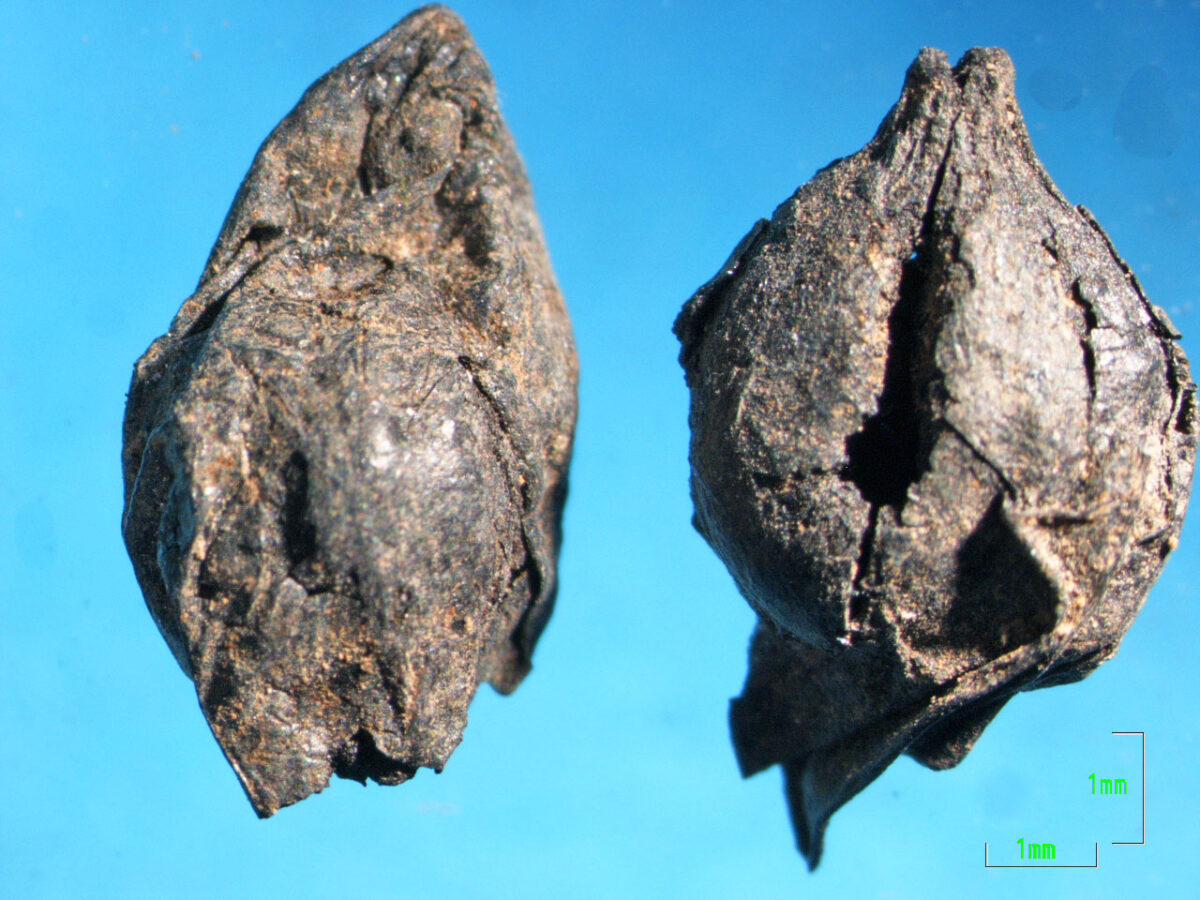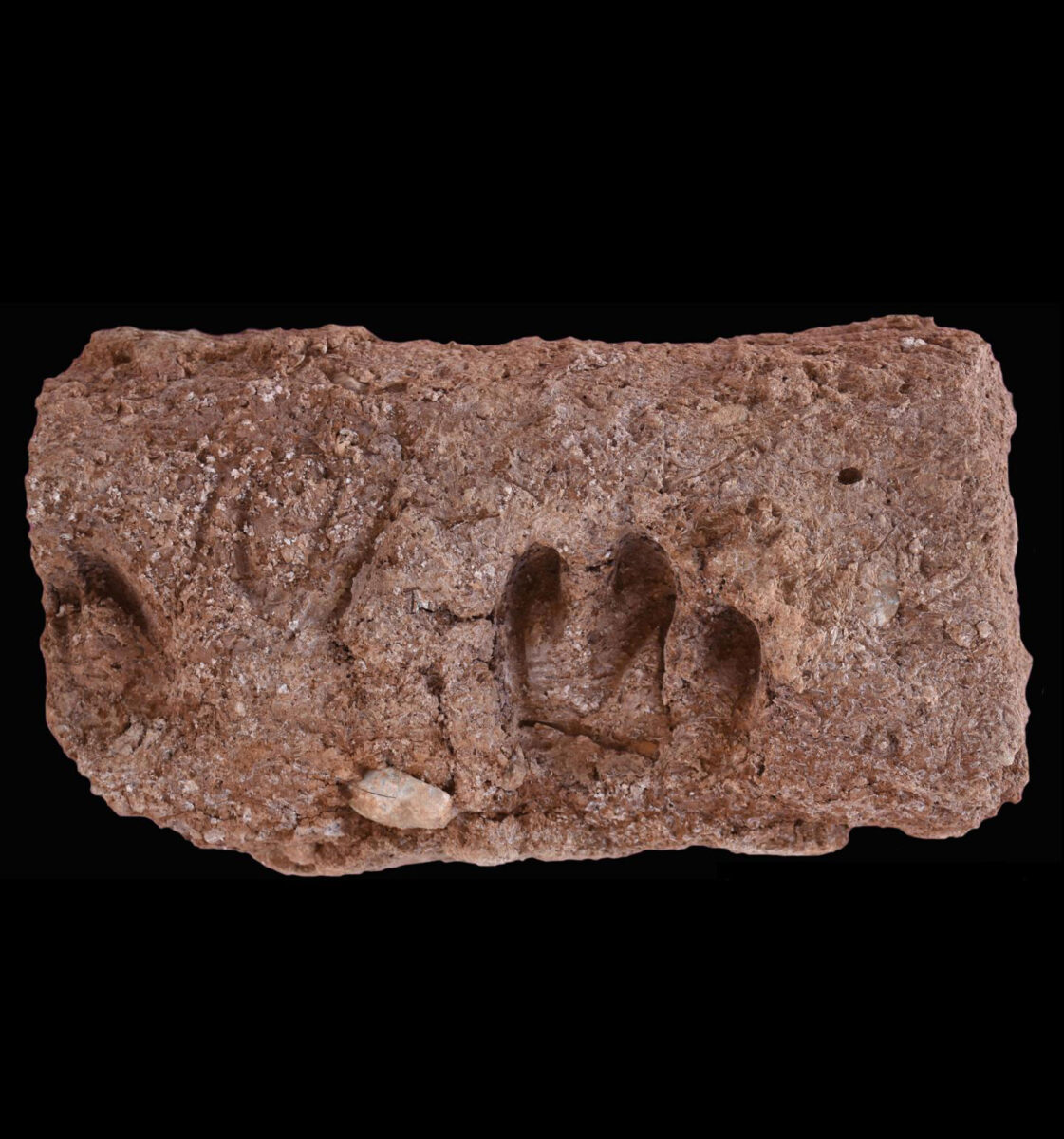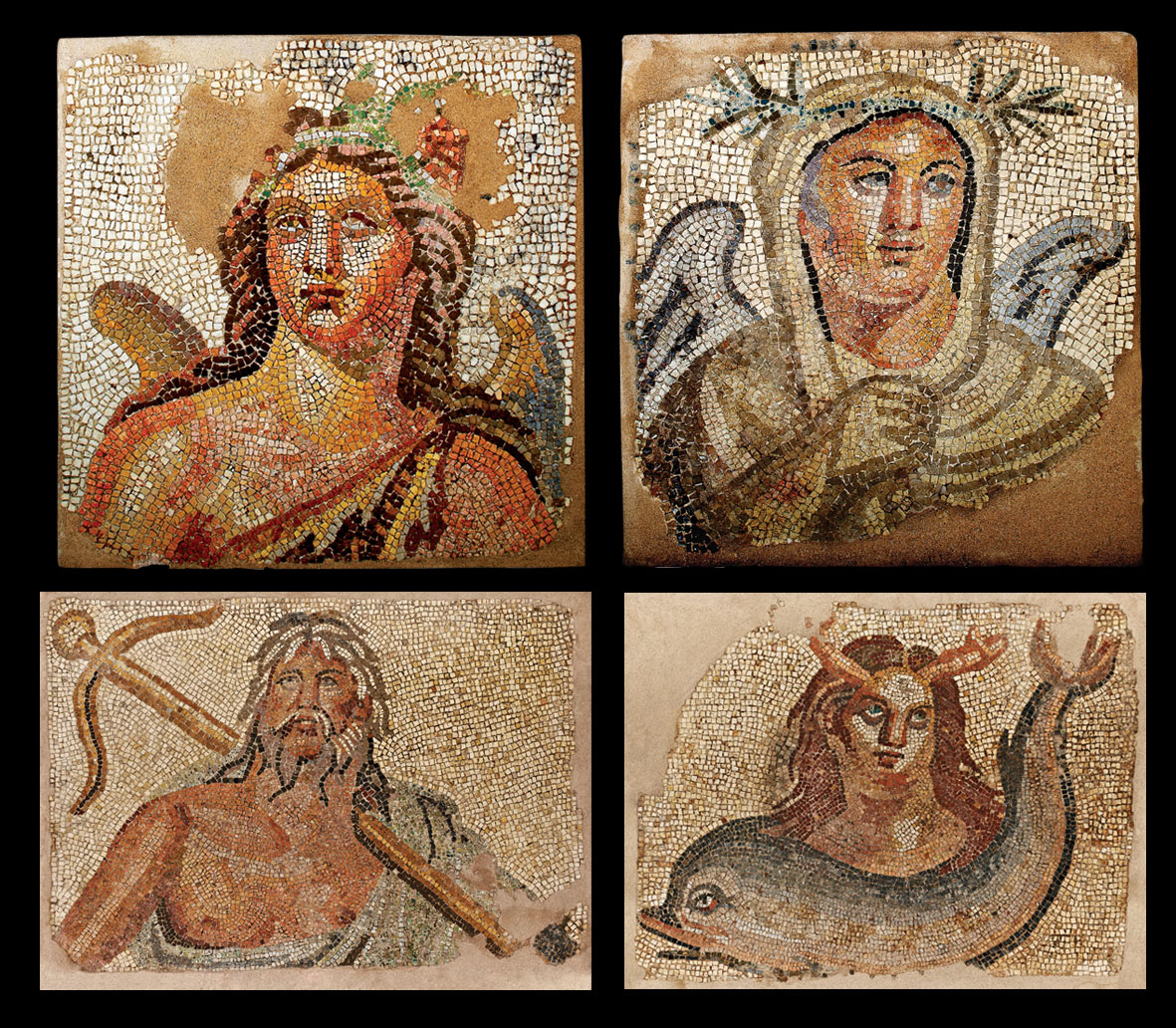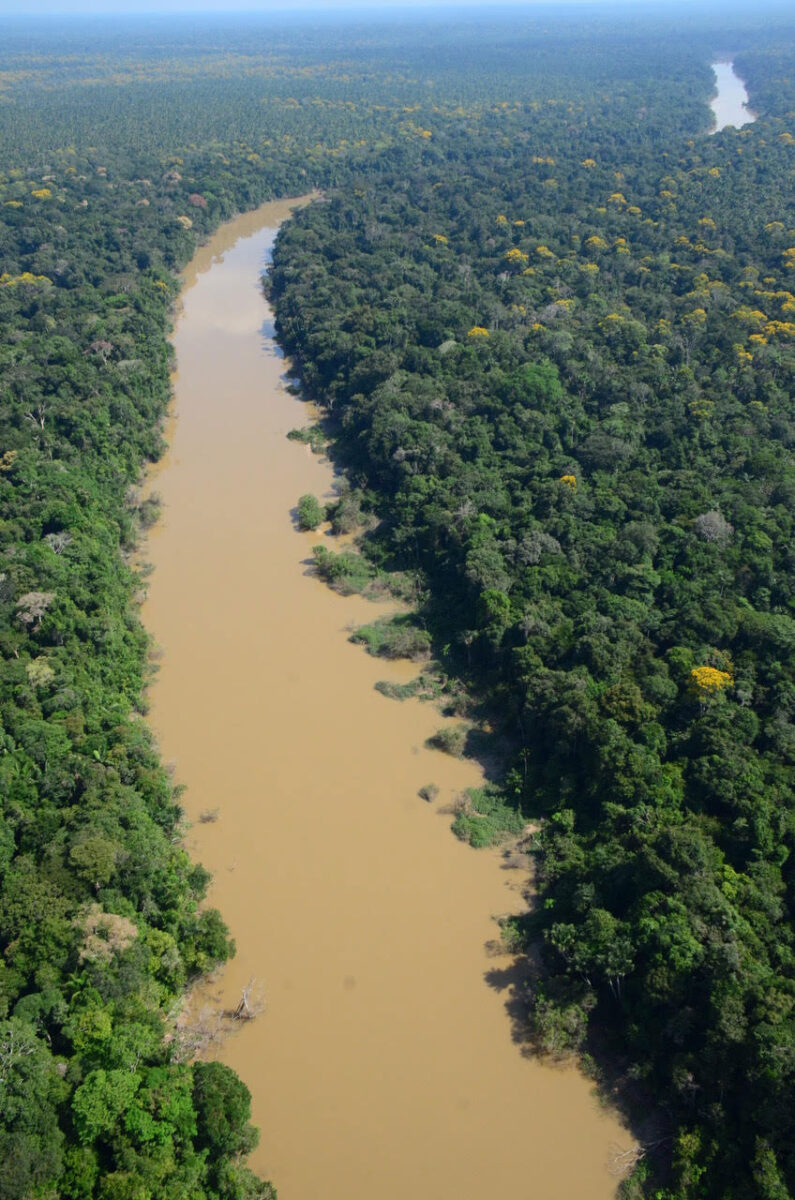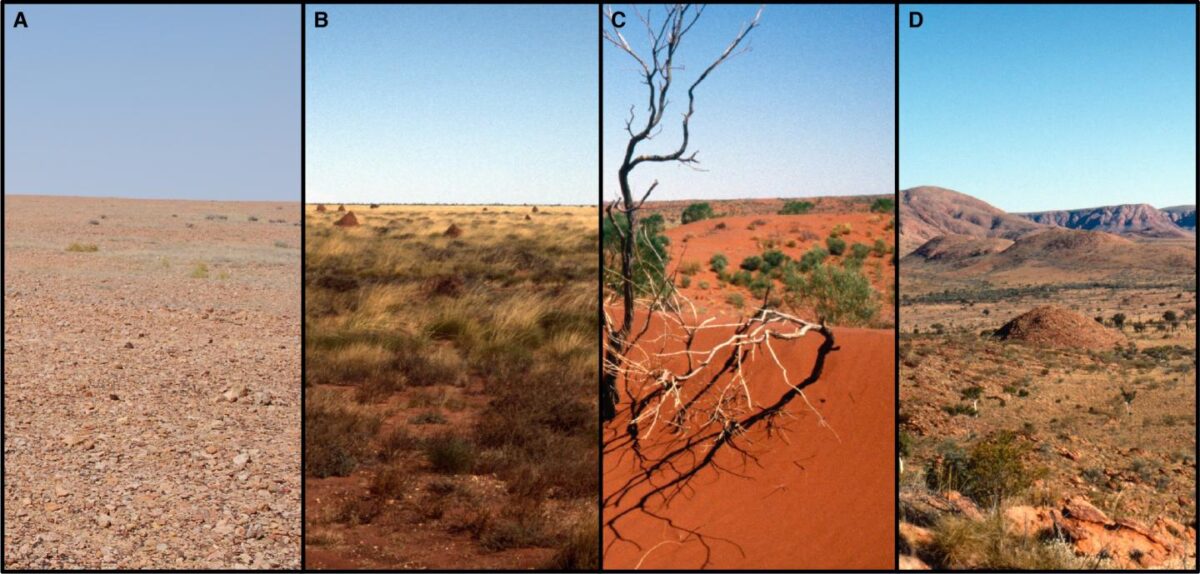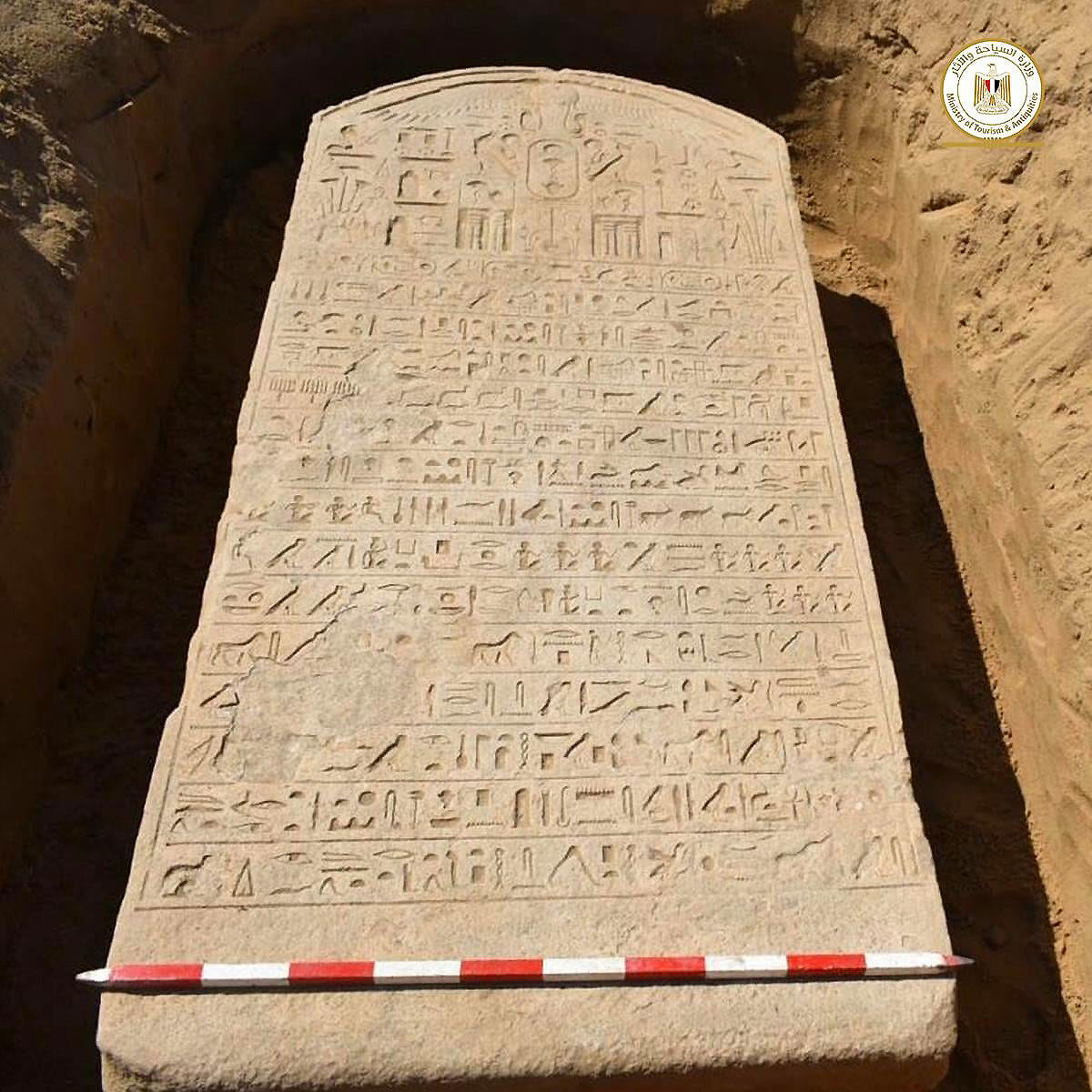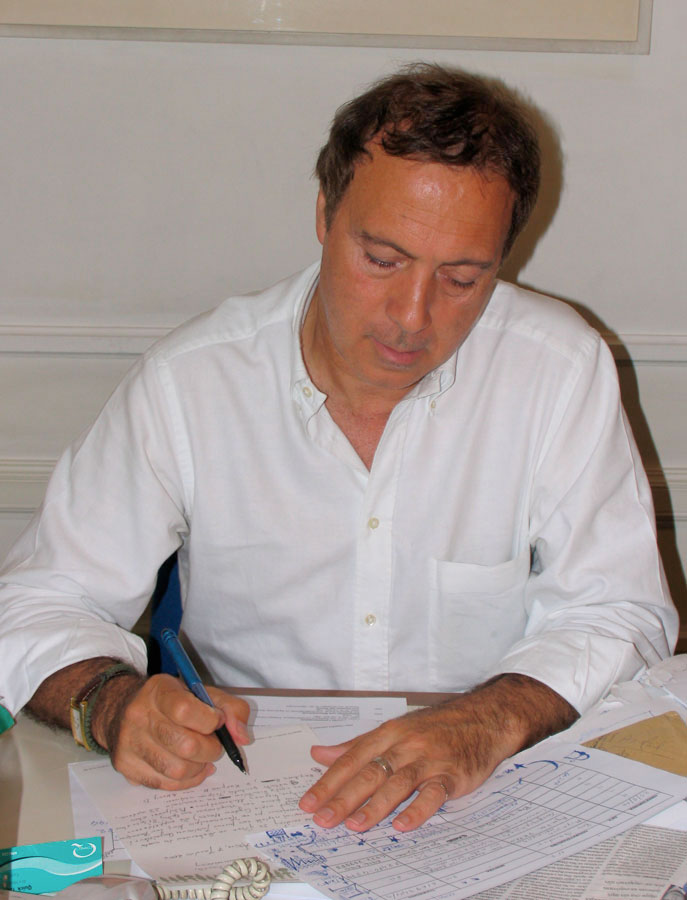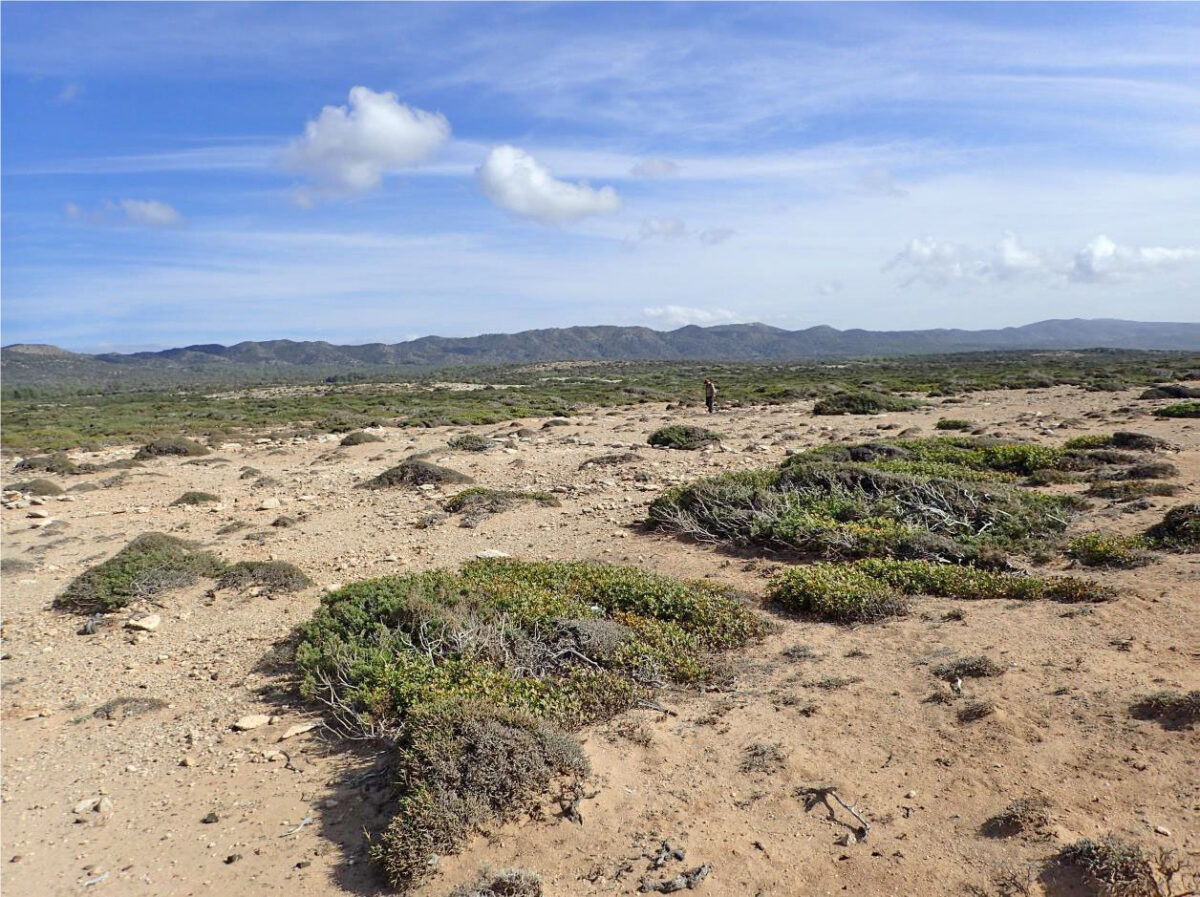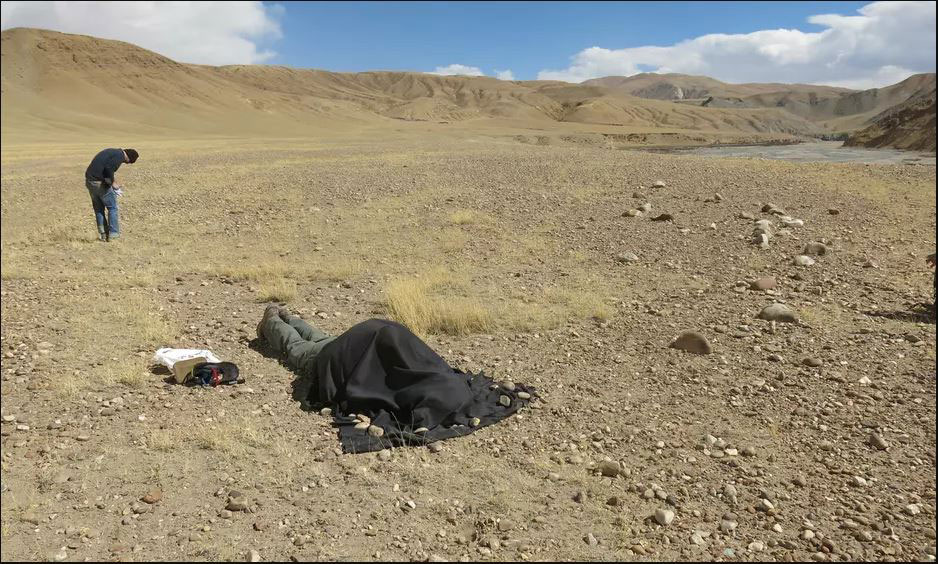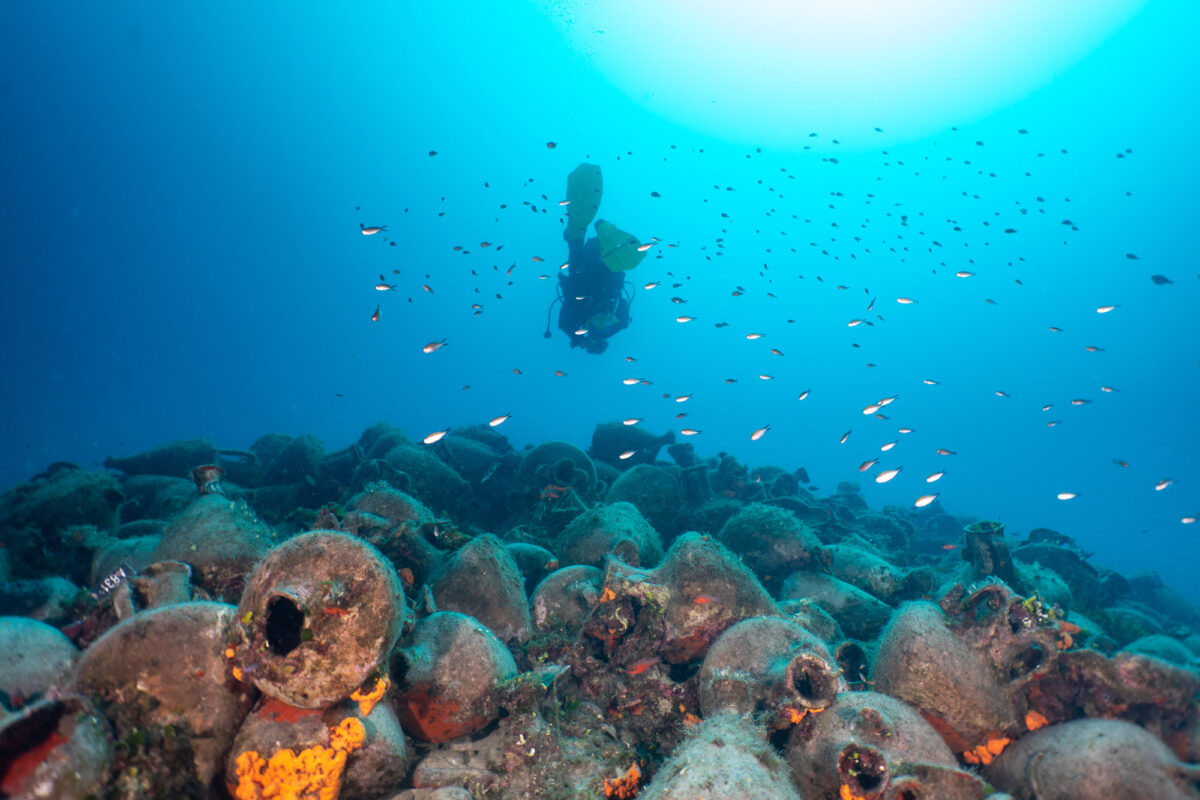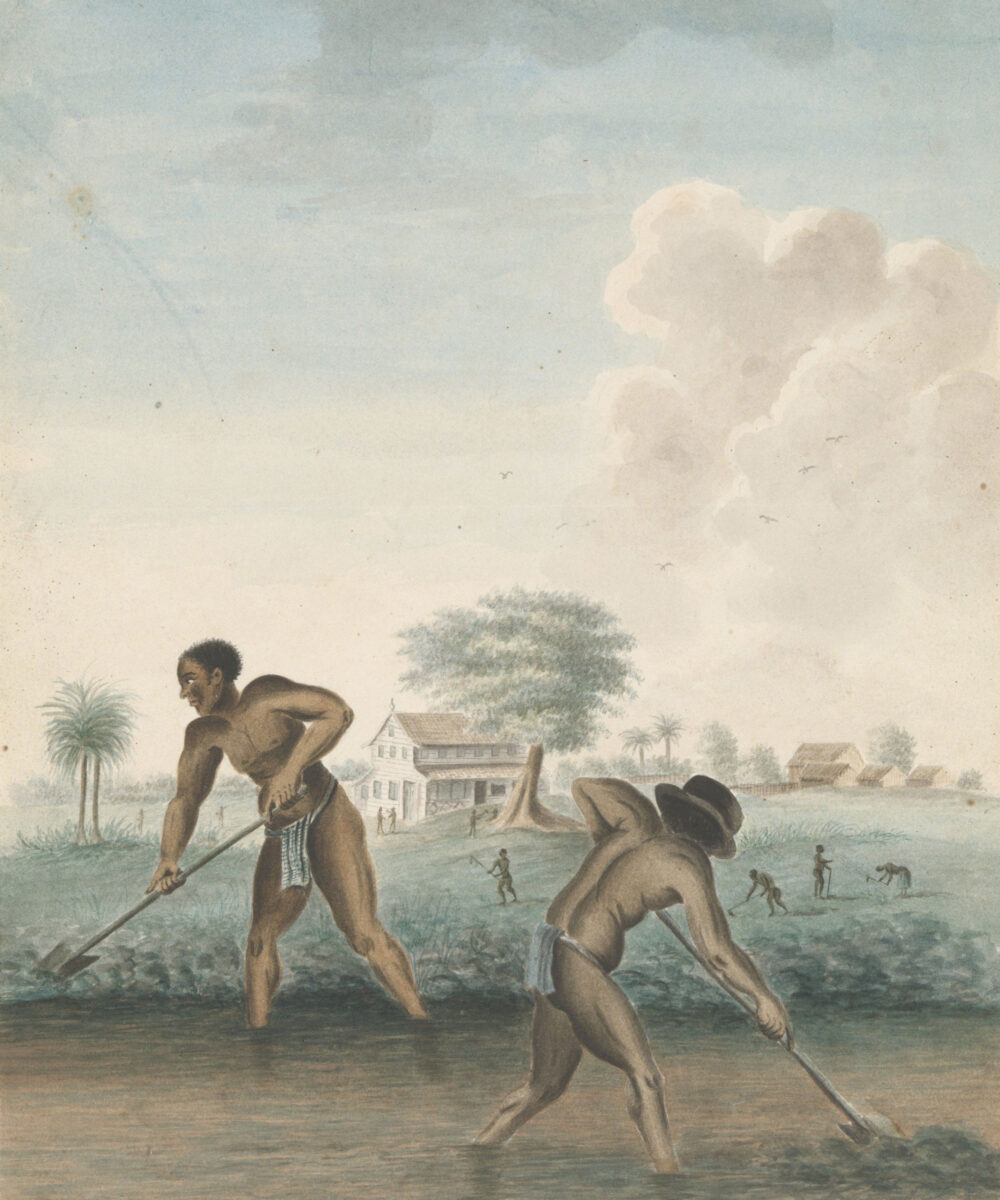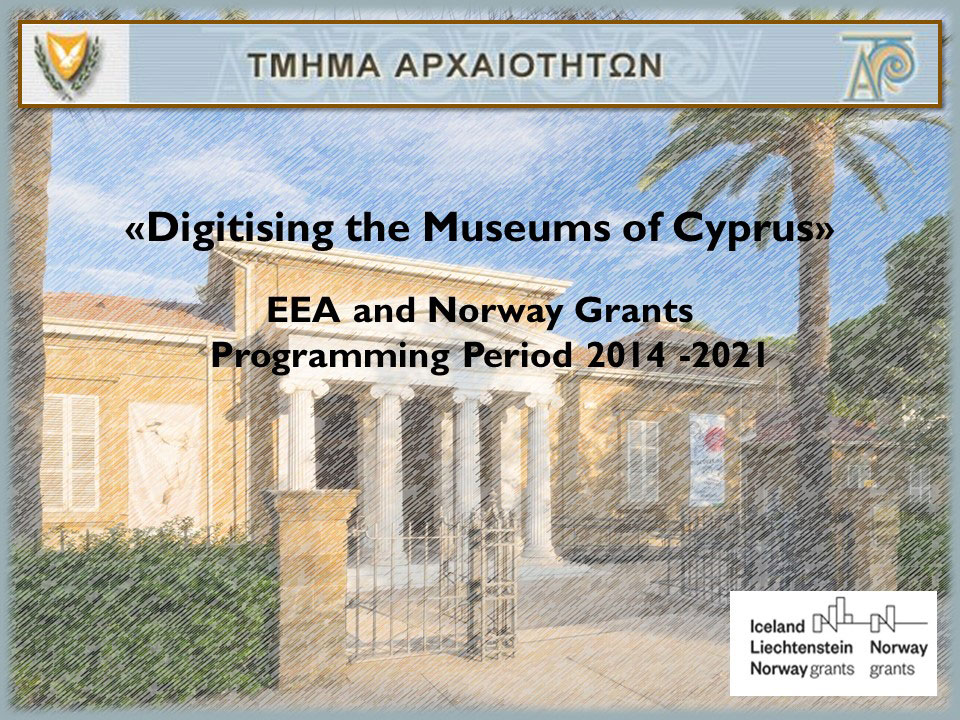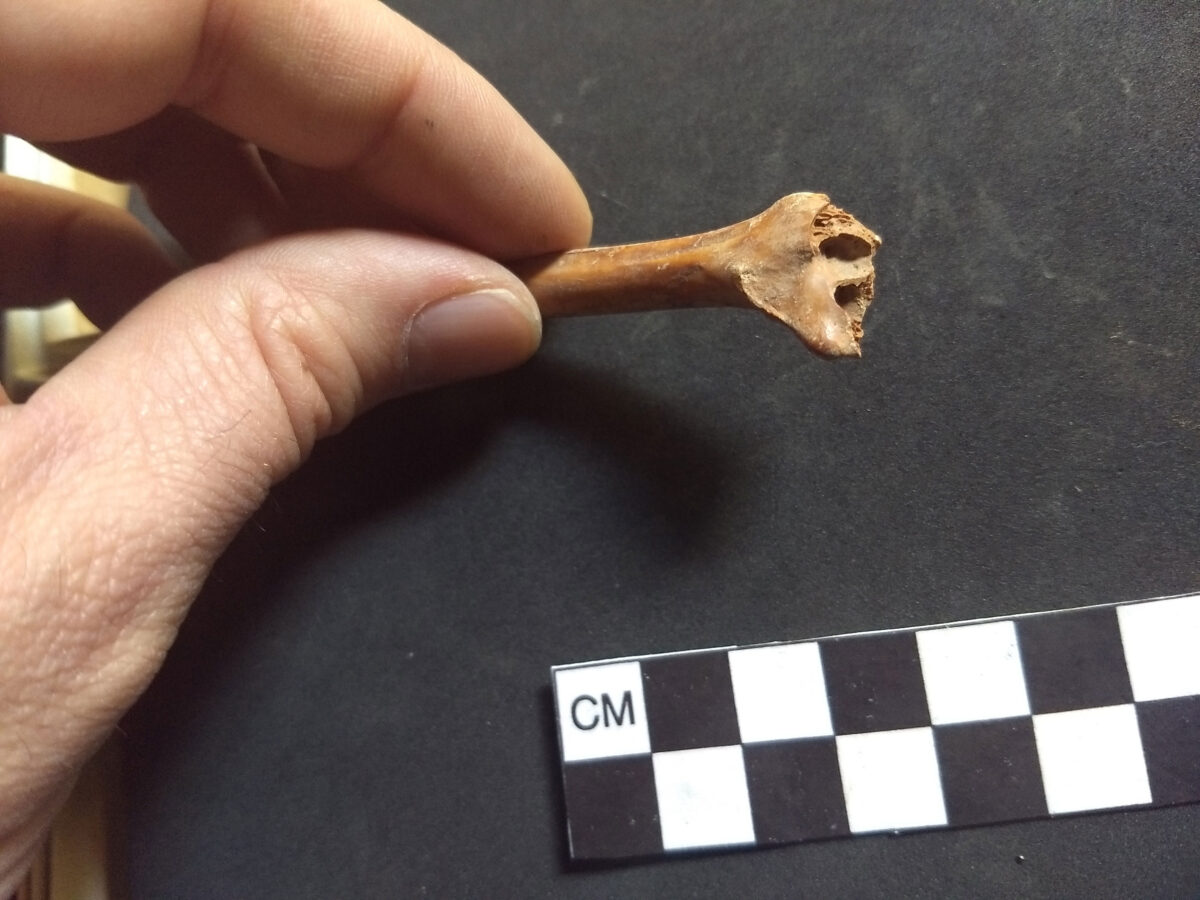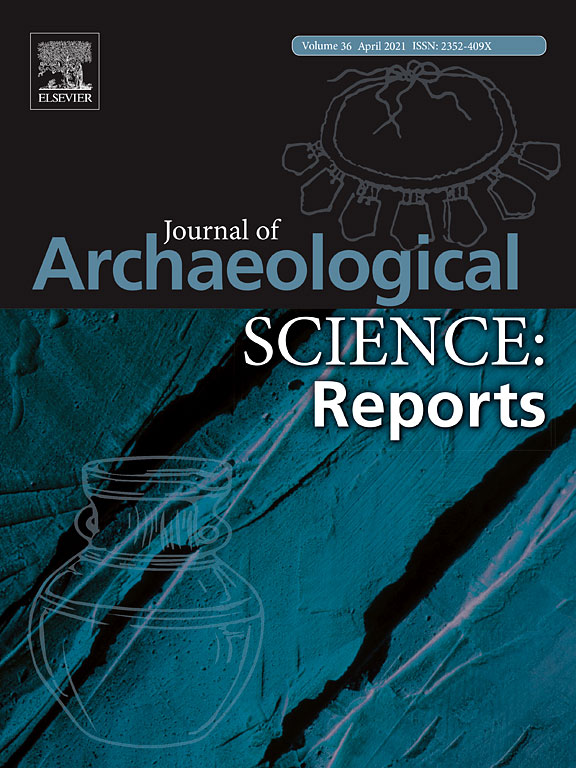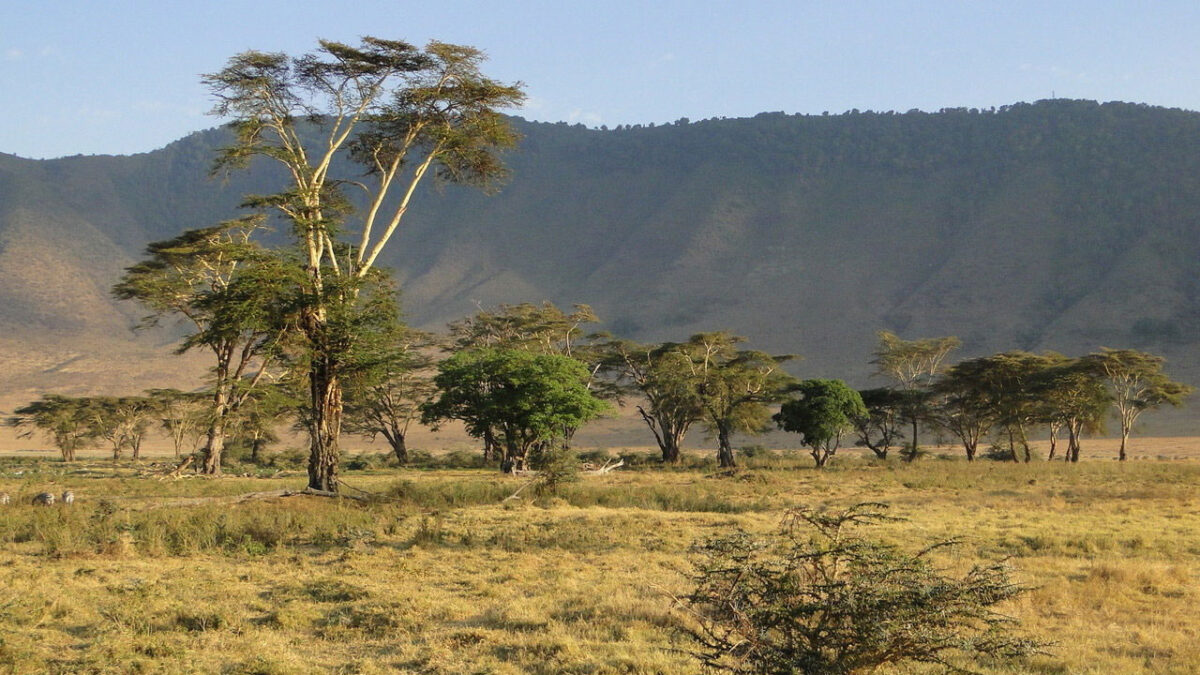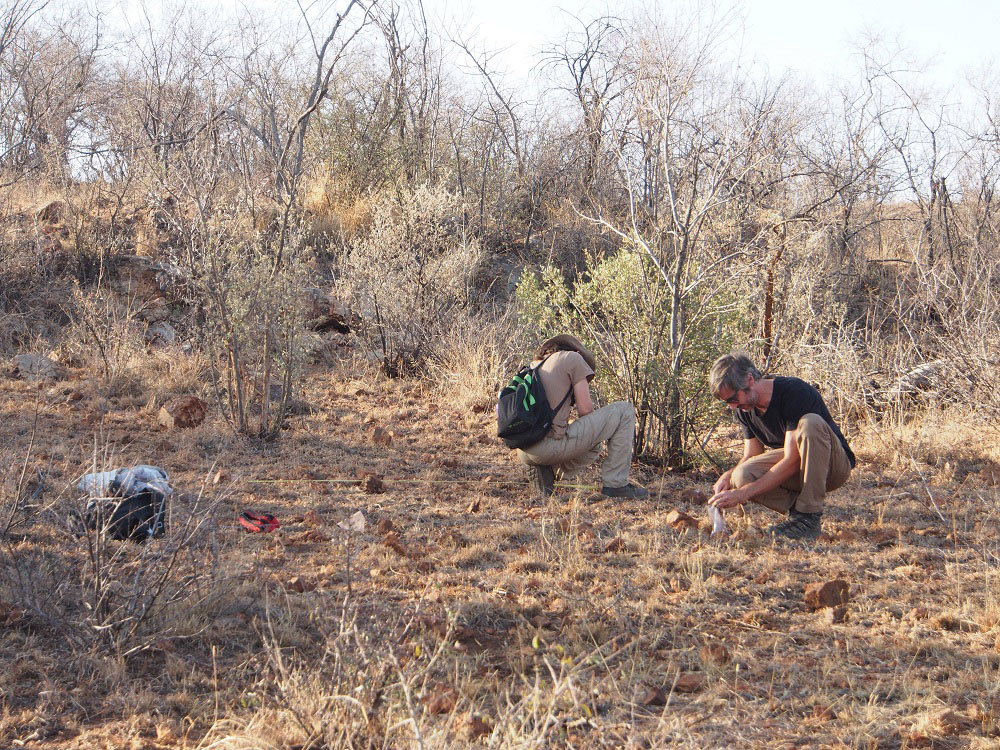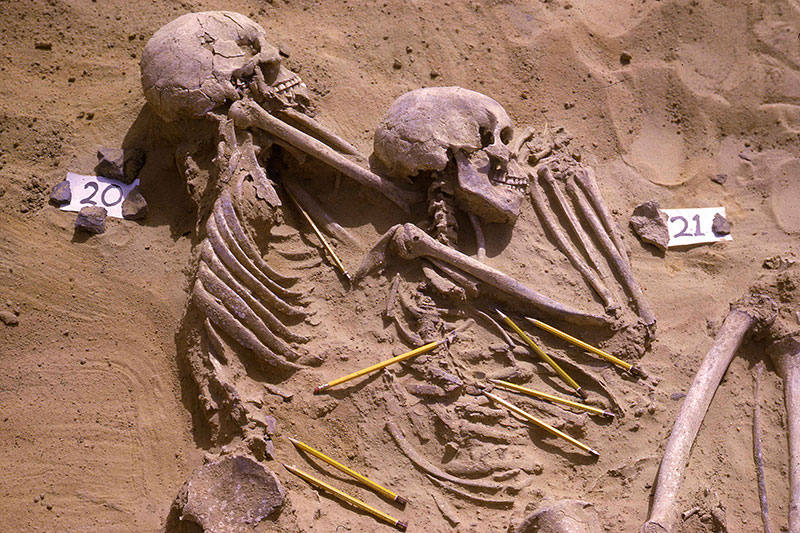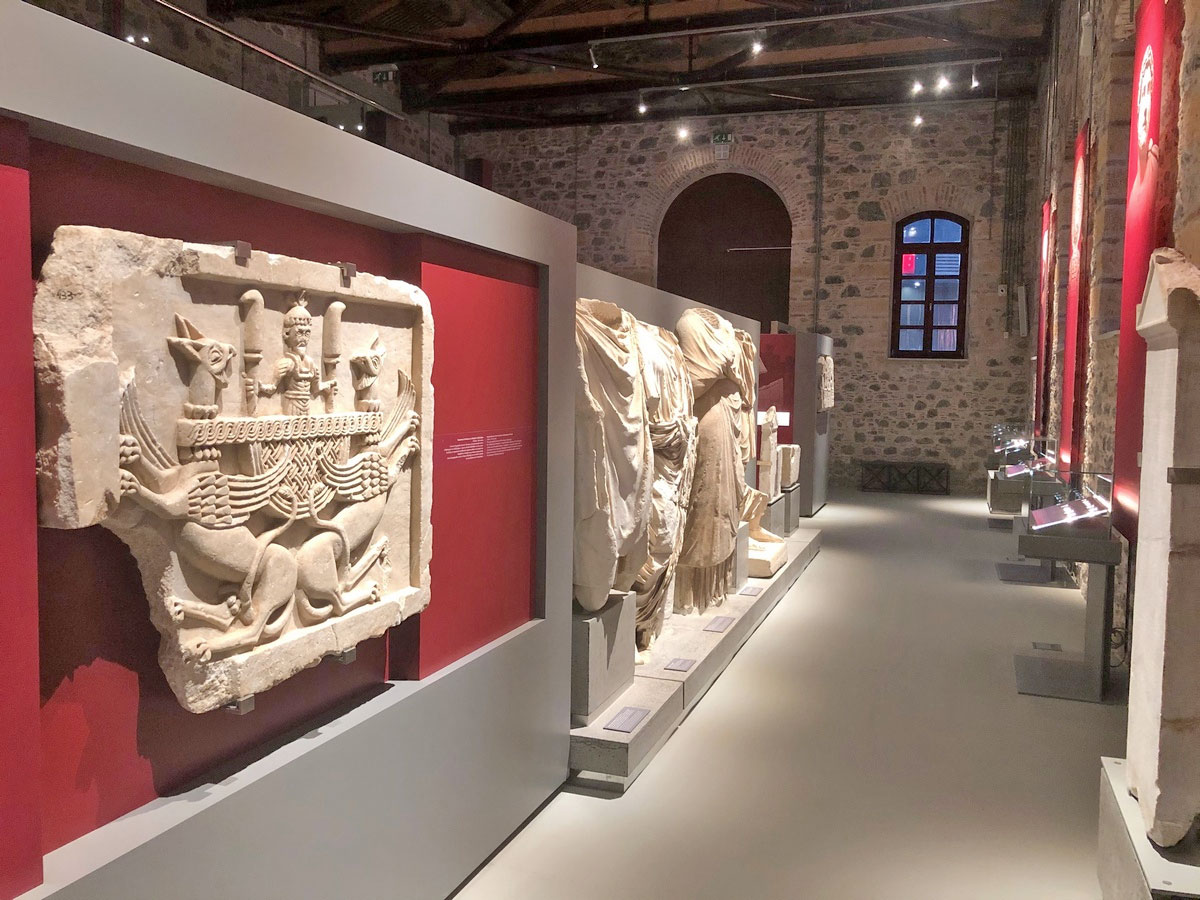A glass of wine from… Neolithic times
Remains of food brought to light through research conducted by the AUTh include the oldest wine in Europe.
10,000-year-old DNA pens the first tales of the earliest domesticated goats
The findings were assimilated from DNA taken from the remains of 32 goats that died some 10,000 years ago in the Zagros mountains.
Mosaic of Theros in the Thessaloniki Archaeological Museum
Theros in ancient Macedonia has golden brown hair, a sheaf of corn but no… gender.
Indigenous peoples were stewards of the Western Amazon
Study points to a history of indigenous sustainable use of the Western Amazon stretching back 5,000 years.
Revival of historic Syntagma flower shops
A long Athenian tradition is thus being reborn and a historic place in the capital city upgraded and regaining its former prestige.
New insights into survival of ancient Western Desert peoples
Researchers at the University of Adelaide have used more than two decades of satellite-derived environmental data to form hypotheses about the possible foraging habitats of pre-contact Aboriginal peoples living in Australia's Western Desert.
ASCSA’s 139th Annual Report
The American School of Classical Studies at Athens is pleased to announce the release of its 139th Annual Report, highlighting the School's significant achievements during its 2019–2020 academic year.
Pharaonic border stela received at Ismailia Museum
The stela was found recently in a field in the area of Ismailia during farming.
Acropolis: Accessibility to the archaeological site to be completed
Unanimous positive opinion by the Central Archaeological Council during last Tuesday's meeting.
Stone Age raves to the beat of elk tooth rattles?
In the Stone Age, some 8,000 years ago, people danced often and in a psychedelic way. This is a conclusion drawn from elk teeth discovered in the Yuzhniy Oleniy Ostrov burial site.
Nikos Stampolidis elected Director-General of the Acropolis Museum
Eleftherna's excavator, Archaeology Professor and Director General of the Museum of Cycladic Art for 24 years,.
“Archipelago”: Installation at the Cycladic Café
The installation “Archipelago” is based on the heritage of the Cycladic culture and the stylized marble statuettes depicting everyday forms or human figures.
Surveys to locate Pleistocene deposits in the Akamas area
The surveys are part of the innovative, interdisciplinary research program “Water Routes in Human Island Dispersals: Modeling the Pleistocene Exploitation of Cyprus” (PLEICY).
Oldest human traces from the southern Tibetan Plateau in a new light
A new optical dating technique to directly constrain the age of prehistoric stone artefacts from an archaeological site southern Tibet.
The Alonissos underwater museum opened on June 1
To date, the shipwreck of Peristera is considered the largest shipwreck of the Classical period and the most important accessible ancient shipwreck in the world.
“Slavery”: the new exhibition at the Rijksmuseum
Ten personal stories of people who lived through the years of the slave trade, either as merchants or as slaves, is the focus of the landmark exhibition.
Digitising the Museums of Cyprus
The Department of Antiquities, Ministry of Transport, Communications and Works, announces the commencement of the digitisation of ancient movable antiquities which are stored in the Cyprus Museum in Lefkosia.
New timeline for when people first arrived in North America
An unexpected discovery suggests that the first humans may have arrived in North America more than 30,000 years ago.
Contributions of Experimental Archaeology to Excavation
This Special Issue in the Journal of Archaeological Sciences: Reports has just been announced.
Newly discovered African ‘climate seesaw’ drove human evolution
Scientists found that ancient El Niño-like weather patterns were linked to the critical timeframe for the evolution of our species.
A non-invasive procedure for obtaining archaeological information
The research, led by members of the CaSEs research group and published in PLOS ONE, represents the first application of pXRF (portable X-ray fluorescence analysis), combined with geostatistical data analysis, to anthropogenic sediments in Africa.
Laurence des Cars is the new head of the Louvre Museum
Des Cars will be the first woman to head the largest museum in the world.
Jebel Sahaba: A succession of violence rather than a prehistoric war
Scientists have re-analysed the bones of the Jebel Sahaba cemetery preserved in the British Museum (London) and re-evaluated their archaeological context.
Opening of the “Arethousa” Archaeological Museum of Chalkis
The museum is housed in an industrial building that is a declared monument and a testimony to the industrial activity of the early 20th century.
